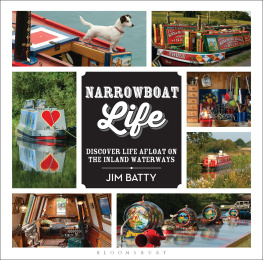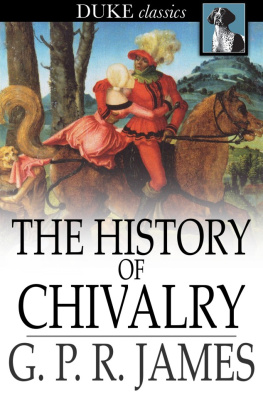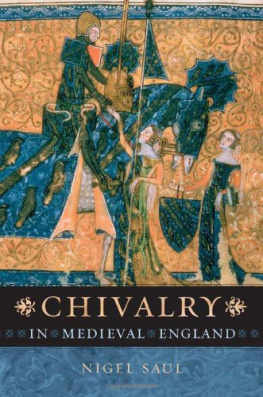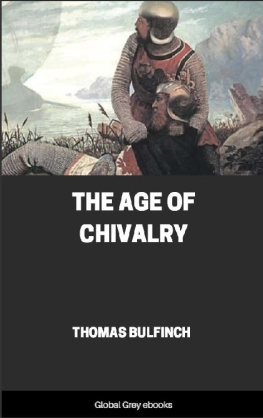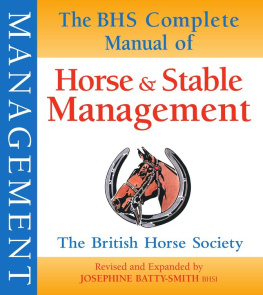First published in 2004 by
Kegan Paul International
This edition first published in 2011 by
Routledge
2 Park Square, Milton Park, Abingdon, Oxon, OX14 4RN
Simultaneously published in the USA and Canada
by Routledge
711 Third Avenue, New York, NY 10017
Routledge is an imprint of the Taylor & Francis Group, an informa business
Kegan Paul, 2004
All rights reserved. No part of this book may be reprinted or reproduced or utilised in any form or by any electronic, mechanical, or other means, now known or hereafter invented, including photocopying and recording, or in any information storage or retrieval system, without permission in writing from the publishers.
British Library Cataloguing in Publication Data
A catalogue record for this book is available from the British Library
ISBN 10: 0-7103-0921-X (hbk)
ISBN 13: 978-0-7103-0921-1 (hbk)
Publishers Note
The publisher has gone to great lengths to ensure the quality of this reprint but points out that some imperfections in the original copies may be apparent. The publisher has made every effort to contact original copyright holders and would welcome correspondence from those they have been unable to trace.
PREFACE.
_____________
THIS essay was originally composed some twenty-five years ago, when the writer was a young man and in what might be termed the romantic stage of life.
The manuscript lay on the shelf until quite recently; on being casually read to several literary friends it was deemed to possess merit and worthy of publication. The matured judgment of the author, however, recognised that certain ideas in it would be better toned down, some effusive expressions modified, and passages which might possibly be objectionable entirely left out; in short, he decided that the whole essay should be re-written and thoroughly revised before venturing to place it in the hands of a discerning and reading public.
In the process of revising and polishing the author has been fortunate in having valuable assistance freely rendered, for which he feels extremely grateful, namely, to Miss L. Toulmin Smith, of London, who kindly corrected the proofs and obligingly furnished a translation from an ancient romance in Norman-French bearing upon the subject; to Mr. D. A. Cruse, B.A., of Leeds, who spared no pains in thoroughly revising the MSS. and showed great interest in the work; and to Mr. George Williamson, of East Ardsley, who favoured the author with several important suggestions.
Finding that the original MSS. did not produce the amount of printed matter specified in the prospectus, the author has had the agreeable task imposed upon him of making considerable additions, and this has delayed the publication of the work.
Judging it unadvisable to disturb the flow of language and the continuity of ideas expressed in the earlier portion of the work, which contains more particularly the sentiments of the author on the fascinating theme of chivalry and his estimate of it, he set about to write or rather compile what may be termed supplementary chapters. In these he takes little credit for original matter, but only a novel method of dealing with facts and opinions collected from many sources and the result of much research, intended to illustrate more fully the effect of ancient chivalry on the manners and customs of the Middle Ages, and, furthermore, to substantiate the statements which had been previously made in the essay.
The author ventures to believe that some of the concluding chapters, namely, Chivalry as represented by Archology and in Pictorial Art, and the Doctrines and Maxims of Chivalry, as inculcated in the Ancient Romances and the Statutes of the Orders of Knighthood, will, at least, be acceptable to the social antiquary, and give a peculiar value, if not charm, to the present undertaking. These, to the historical mind, are tangible and unmistakable proofs that the lite of the period, at all events, were imbued with and actuated by the spirit of chivalry, seeing that they delighted to be surrounded by scenes from ancient and popular romances, which were the favourite recital and reading of the times. They also had them depicted on tapestry and carved on everyday utensils of charming artistic beauty and workmanship, as numerous specimens of medival antiquities both in English and Continental museums amply testify.
In passing it may be remarked that the French archologists, Du Sommerard, Viollet-le-Duc, Labarte, Lacroix, and others, have distinguished themselves by the publication of magnificently illustrated and minutely descriptive works in elucidation of the arts, manners and costumes of the Moyen ge and the Renaissance period.
In order to arrive at a just conclusion, if possible, of the whole matter, a few extracts are given from various authors, exhibiting what may be designated the dark side of the somewhat brilliant picture of chivalry displayed in the present work. Though this may be acceptable to the sceptical or those who have only an indifferent opinion of the true merits of chivalry, and are ready to assert that it was merely a fantastic emotion of the past, yet those who have studied the subject deeply and with sympathetic feelings will be fully convinced of its civilizing and humanizing effect on society. Such students, the author ventures to believe, will acknowledge that he has established his point in favour of the everlasting influence of the noble spirit of chivalry as instanced by the overwhelming evidences and historical illustrations adduced, and by the examples of courtesy and self-sacrifice constantly occurring in the worlds history.
It is not the authors intention to describe the paraphernalia and accoutrements of knighthood, or to enter into the minuti of its fantastic garniture, with its peculiar changes of fashion; neither does he purpose to furnish a description of the imposing spectacle of the tournament, with its conditions, ceremonies, and moving incidents. Those who desire to be acquainted with these particulars, may be referred to the magnificent word-pictures of Sir Walter Scott, who surpasses all other writers in this literary art, also in his mastery of details and marvellous realization of the characters and accessories of the period he wishes to portrayas witness his charming tale of Ivanhoe.
The medival period has ever been an attractive one to novelists and historians of almost every country, who have illustrated in their works the heraldic show and martial array of chivalrysome of them with singular power, fascination, and beauty. Those who wish to see the various styles of armour, the equipment of knights, and the insignia of knighthood, should consult Meyricks great work on Ancient Armour, in which are shown many kinds of martial defence.





